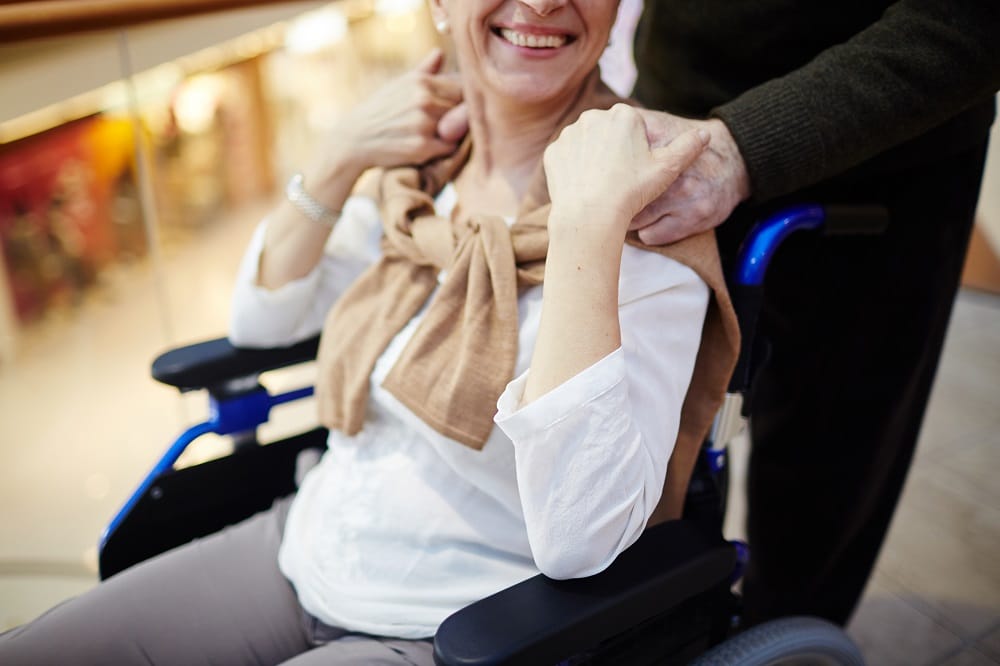Did you know that stroke is one of the main causes of disability in women? In this article, we will discover the symptoms of stroke in women and the importance of post-stroke rehabilitation for their recovery.
Stroke Symptoms in Women
When it comes to stroke symptoms in women, it is essential to know the warning signs to seek medical help immediately. While symptoms may vary, the following are the most common:
- Sudden loss of strength or sensation in the face, arm or leg, usually on one side of the body.
- Difficulty speaking or understanding speech.
- Sudden trouble seeing out of one or both eyes.
- Severe dizziness or loss of balance and coordination.
- Sudden, severe headache with no apparent cause.
Risk Factors for Stroke in Women
In addition to knowing the symptoms, it is important to understand the risk factors that can increase the chances of stroke in women. Some of these factors include:
Advanced age: As women age, the risk of stroke increases.
High blood pressure: Keeping blood pressure under control is critical to stroke prevention.
Family history: If there is a family history of stroke, women are at higher risk.
Diabetes: Poorly controlled diabetes can damage blood vessels and increase the risk of stroke.
Tobacco and alcohol use: Smoking and heavy drinking significantly increase the risk of stroke in women.
Post-stroke Rehabilitation: Importance and Care
Post-stroke rehabilitation is a crucial part of the recovery process for women who have suffered a stroke. This rehabilitation program is designed to help patients regain lost physical and cognitive function and improve their quality of life. Some important aspects to consider are:
Physical therapy: physical exercises and treatments help regain muscle strength and mobility.
Occupational therapy: Focuses on improving fine motor skills and activities of daily living to promote independence.
Speech and language therapy: Helps overcome difficulties in speaking, understanding and swallowing.
Emotional support: Psychological and emotional support is essential during rehabilitation, as stroke can have a significant impact on women’s mental well-being.
Recommendations for Post Stroke Recovery
In addition to professional therapy, there are some recommendations that women can follow to promote a successful post-stroke recovery:
Adhere to the treatment plan: It is essential to attend all rehabilitation sessions and follow medical and therapeutic recommendations.
Maintain a healthy lifestyle: A balanced diet low in saturated fat, along with regular physical activity, can help reduce the risk of future stroke episodes.
Take medications as prescribed: If medications have been prescribed to control blood pressure, cholesterol or other risk factors, it is important to take them correctly.
Establish a support system: Having the support of family, friends and support groups can make a difference in emotional and motivational recovery.
Perform cognitive stimulation exercises: Solving crossword puzzles, reading, learning new skills or using apps designed to exercise the mind can help improve brain function.
Remember that stroke is a medical emergency, and while this article provides valuable information, it is critical that women seek professional medical care if they suspect a stroke or have concerns about their brain health.
Leave us your data to start your treatment







